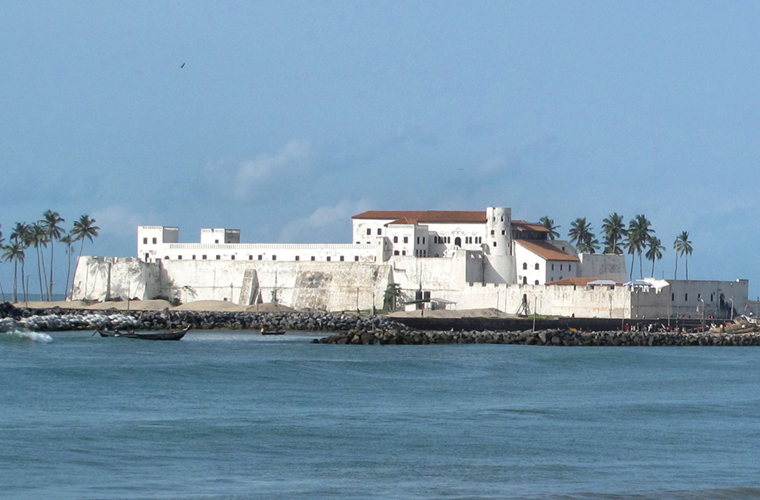Portuguese Role in the Transatlantic Slave Trade

1482 – Portugal builds first slave post on the Gold Coast

This slave post crammed slaves into small rooms to maximize inventory. The trade post also housed Europeans in the upper suites of the post. The establishment of the trading post was the inaugural step in allowing Portugal to become one of the biggest slave-trading nations during the Age of Exploration.
1430 – Prince Henry the Navigator sails across Africa

Prince Henry the Navigator sailed around the southern coast of Africa around Madeiras and Azores and around the western bulge near Cabo de Não to survey the kingdoms of the moors and their true extent. This event is significant as it included the return of the voyage of African slaves, proving to be a big shift in the slave inventory of Portugal.
1441 – Prince Henry the Navigator Explores Africa

In 1441, Prince Henry the Navigator explored Africa and conducted a trading expedition there. This expedition leads to the start of the European slave trade in Africa. Because of this expedition, Portugal started to profitably slave trade and develop wealth in their nation.
1442 – Portugal Enslaves The Berbers

In 1442, the Portuguese enslave the Berbers, a North African tribe living in the southern part of the Mediterranean sea. Portugal decided to enslave the Berbers because they wanted to gain access to Africa, as Africa was a prime trade market. Through the acquisition of Berber slaves, Portugal was now able to make its economic presence known in Africa.
1448 – Slave-trading agreements with Moorish & African chiefs

In 1448 Portugal made a profitable agreement with the Moorish and African chiefs which allowed for a sharp increase in slave labor coming to Portugal. This agreement occurred after Portugal had realized their preference for African slaves as they were relatively easy to convert to Christianity. These agreements added to the economic momentum of Portugal in the transatlantic slave trade.
1486 – Bartolomeu Dias Discovers Route to India

Bartolomeu Dias began his voyage in 1486 and soon discovered the Cape of Good Hope in 1487. Through his voyage, he sailed around the southernmost point of Africa and sailed north along the African coast finally discovering a trade route to India. By discovering this route to India, the economic opportunities and demand for slaves increased.
1501 – Amerigo Vespucc Explores Brazil

Amerigo Vespucci sailed from Lisbon, on May 13, 1501. He sighted the coast of Brazil on August 15, 1501, headed south, and returned a year later. His voyage marks the possibility of Portugal overtaking trade that the Brazilians had already controlled or discovering the possibility of creating their own trade routes as a nation. This exploration could have also presented an opportunity for Portugal to import more slaves.
1761 – Portugal Abolishes Slavery

Portugal became one of the first nations to abolish slavery following a 1761 decree. However, this decree only outlawed slavery in the homeland and did not account for the large-scale transformation of former Portuguese slave traders bringing more slaves to Brazil. This event is important as it leads to the boom in slave labor and economic growth in Brazil.
